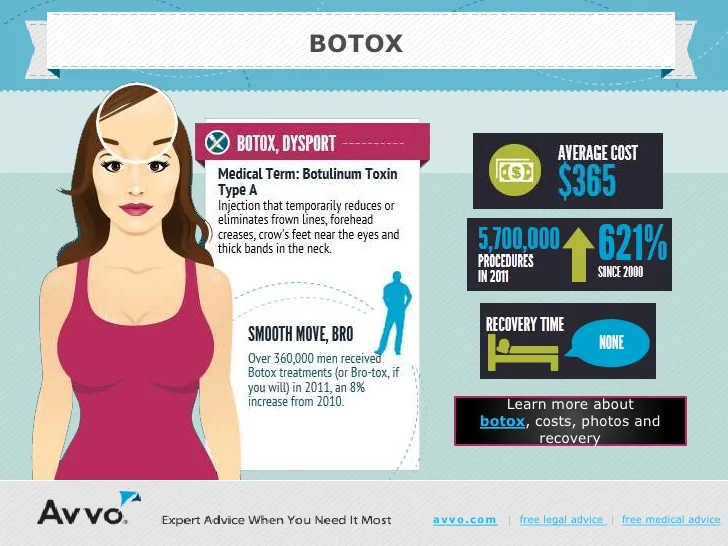How To Stop Whiteheads From Forming
How To Stop Whiteheads From Forming
Blog Article
Root causes of Acne on Cheeks
Acne outbreaks in the cheek location are activated by numerous points, from touching your face regularly to not altering your pillowcase usually enough. Picking at blemishes raises your danger of infection and scarring, and certain medicines can intensify dark spots (postinflammatory hyperpigmentation).
Thankfully, there are numerous methods to avoid and treat cheek acne. These include:
1. Hormonal Modifications
Acne is mostly triggered by hormones, particularly those created during adolescence and maternity. For some, a family history of acne might additionally add to their problem. Anything that obstructs pores, such as oil-based skin treatment items or ceraceous hair items, can activate acne. Numerous topical therapies, like benzoyl peroxide and salicylic acid, can deal with microorganisms and unclog pores. Those with serious or persistent acne needs to look for therapy from their physician.
Prevent touching or squeezing your acne, as this can push some of the bacteria deeper right into the skin, bring about an extra extreme outbreak. It is likewise essential to change pillowcases routinely and use clean make-up brushes. You need to additionally attempt to prevent irritants such as friction from putting on a headgear or limited collar.
2. Diet plan
The greasy, sweet foods that lots of people believe trigger acne may in fact refrain so. As a matter of fact, research studies have shown that consuming a diet plan rich in whole, nutrient-dense foods aids to avoid breakouts.
Foods high in the glycemic index (such as white bread, corn flakes, puffed rice and potatoes, doughnuts and various other breads) increase blood sugar degrees promptly, and this can raise hormonal agents that improve oil production and lead to acne.
Consuming cow's milk has likewise been linked to increased acne outbreaks. If you are a routine cow's milk drinker, you might intend to attempt changing to low-fat or nondairy options that are fortified with calcium. In addition, consuming alcohol even more water can help to reduce acne due to the fact that it assists to keep the skin hydrated.
3. Excess Oil
While oil is essential for healthy skin, it can come to be a trouble when excessive sebum mixes with dead skin cells and obstructs pores. This mix can produce blackheads, whiteheads and pimples. The obstructed pore wall surface can break down and spill germs, dead skin cells and sebum right into bordering skin. This results in a red bump known as an acne. In some cases these red bumps have pus in the center from a microbial infection. Bigger infected bumps that resemble acne are called cysts.
There are numerous things that can create excess sebum and stopped up pores, including hormonal agent fluctuations, diet regimen and everyday routines. Some examples consist of touching the face often, relaxing your hand on your cheek, utilizing dirty meso therapy make-up brushes and not changing pillow cases on a regular basis.
4. Tension
If you're managing throbbing acnes or a variety of blackheads and whiteheads, it might be time to talk to a skin doctor. They can suggest a reliable therapy that matches your skin type. Exercising relaxation and stress-reduction strategies likewise aids.
Acne can occur in the cheeks due to rubbing and pressure, such as when an individual touches their face frequently or puts on a hat or sports helmet that massages against the skin. It can additionally appear where oily cosmetics and lotions massage against the skin.
Stay clear of squeezing acne, as this can press infected product deeper into the skin and lead to scarring. Instead, see a medical professional to learn more about preventative treatments like medication, skin treatment products and lifestyle modifications. Eating a healthy and balanced diet of entire foods, getting 7 to nine hours of rest and using noncomedogenic make-up and skin care products can all help in reducing acne breakouts.
5. Hair Products
Hair products are not generally taken a reason for outbreaks, however they can contribute to acne on the cheeks in some individuals. Pomade acne, which is characterized by tiny closed comedones and papulopustules, is generally caused by using oily hair products that contain comedogenic active ingredients such as specific oils and acetylated lanolin.
Picking hair products that don't have these potentially comedogenic components is a vital step towards minimizing breakouts. Additionally, ensuring that hair items aren't can be found in contact with the skin can help avoid outbreaks. For example, using a scarf or hood during the night can limit hair-to-face get in touch with and reduce the chance that leave-in hair products will rub off onto the face.
Along with using a non-comedogenic moisturizer and washing with an acne face laundry, various other helpful techniques consist of: